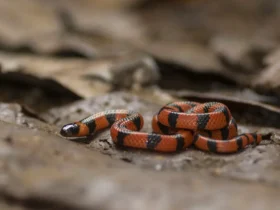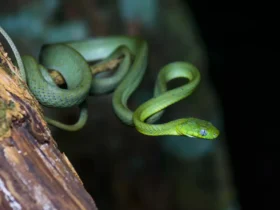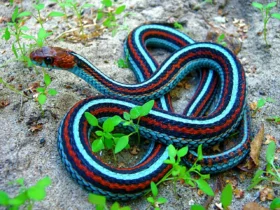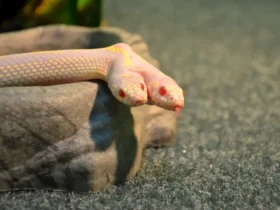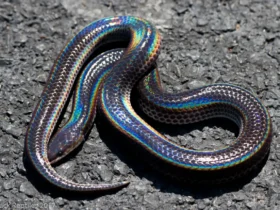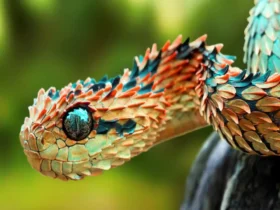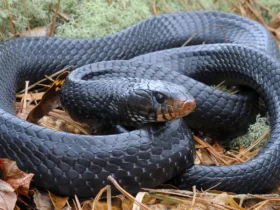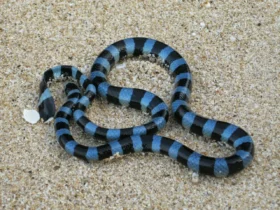The Parrot Snake, scientifically known as Leptophis ahaetulla, is a fascinating reptile that belongs to the Colubridae family. Renowned for its vibrant coloration and exceptional agility, this non-venomous snake species can be found in various parts of the world. In this article, we will explore the remarkable characteristics and behaviors of the Parrot Snake, shedding light on its intriguing features.
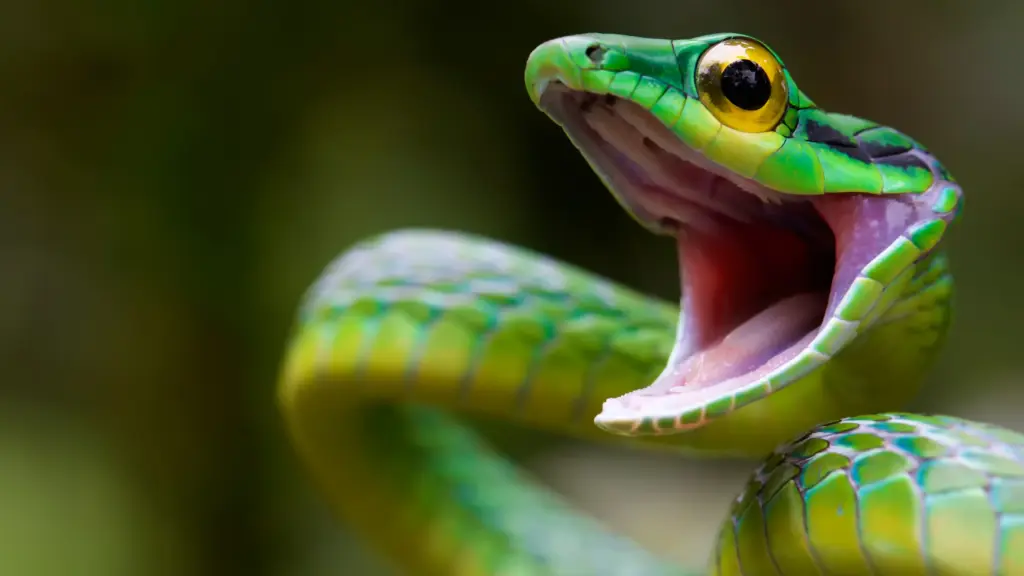
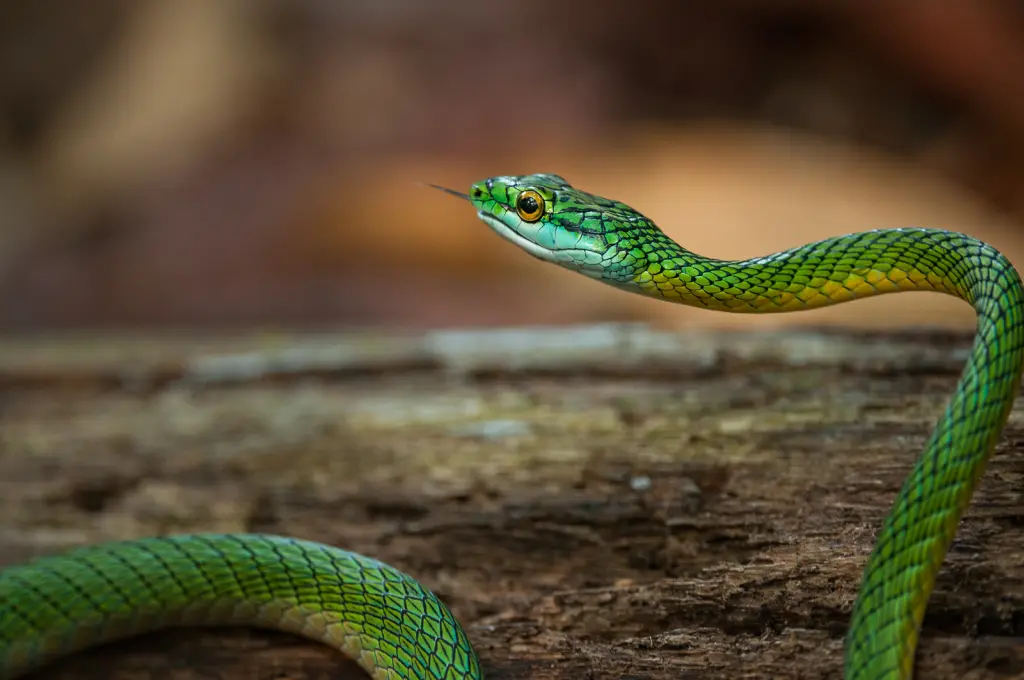
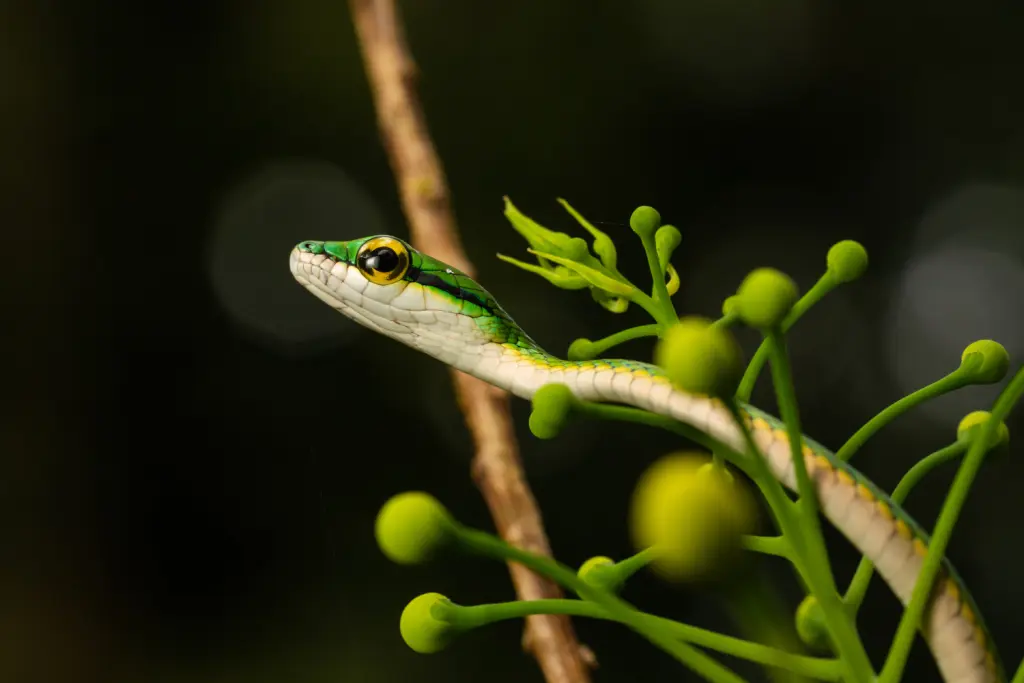
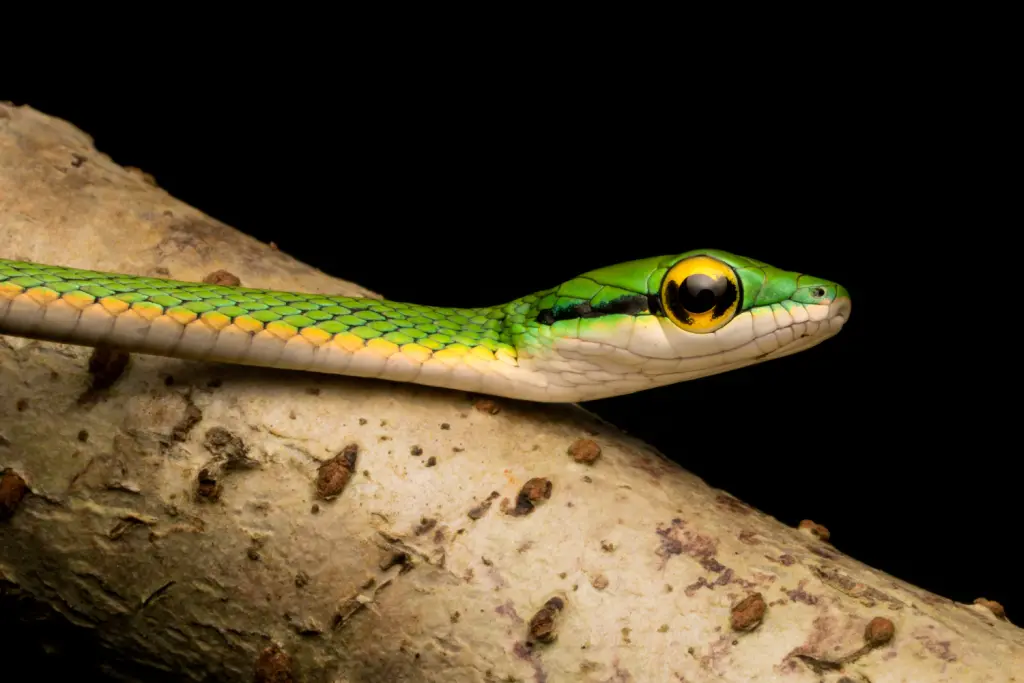
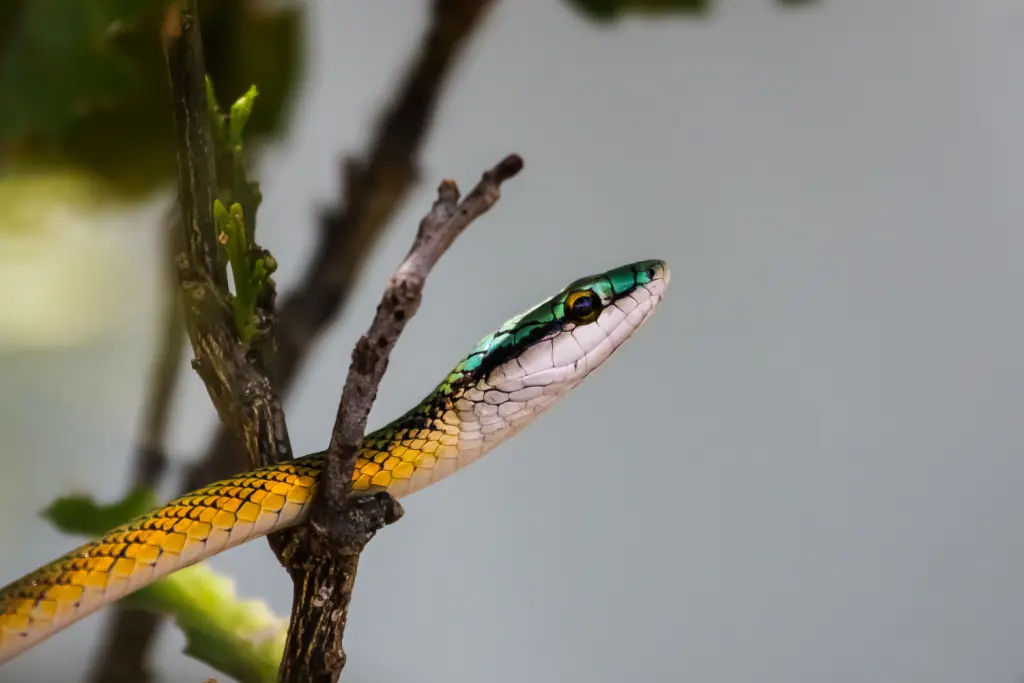
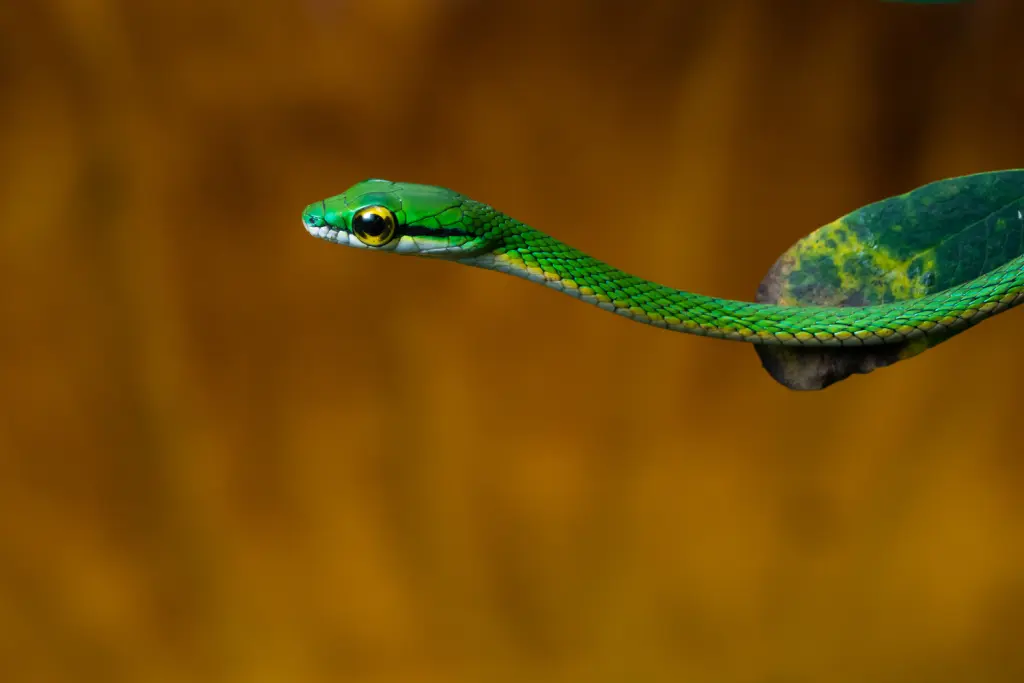
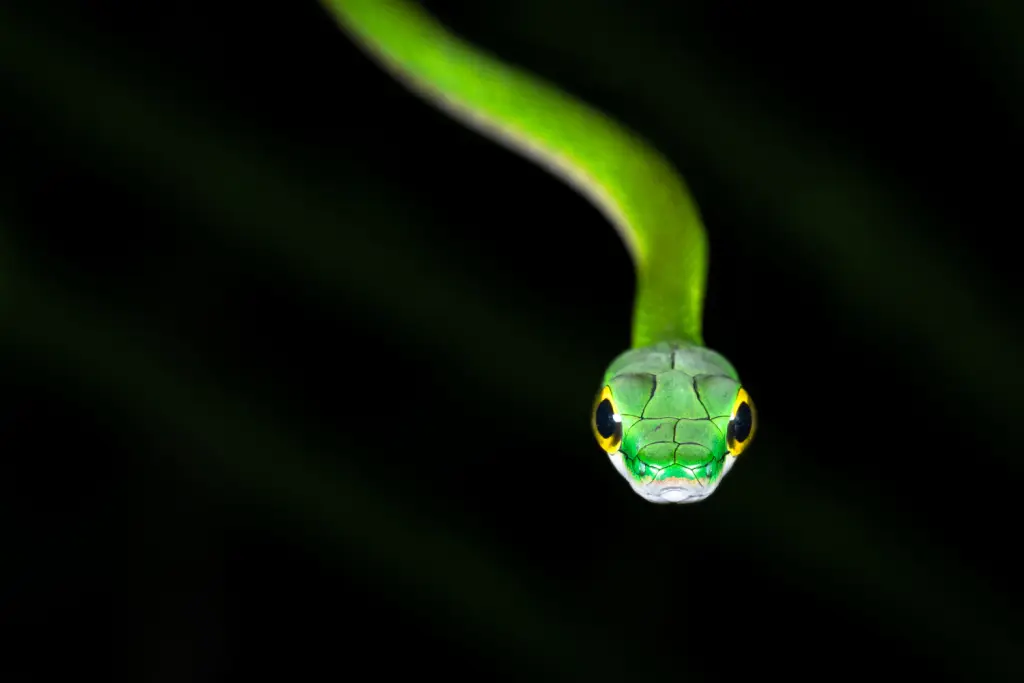
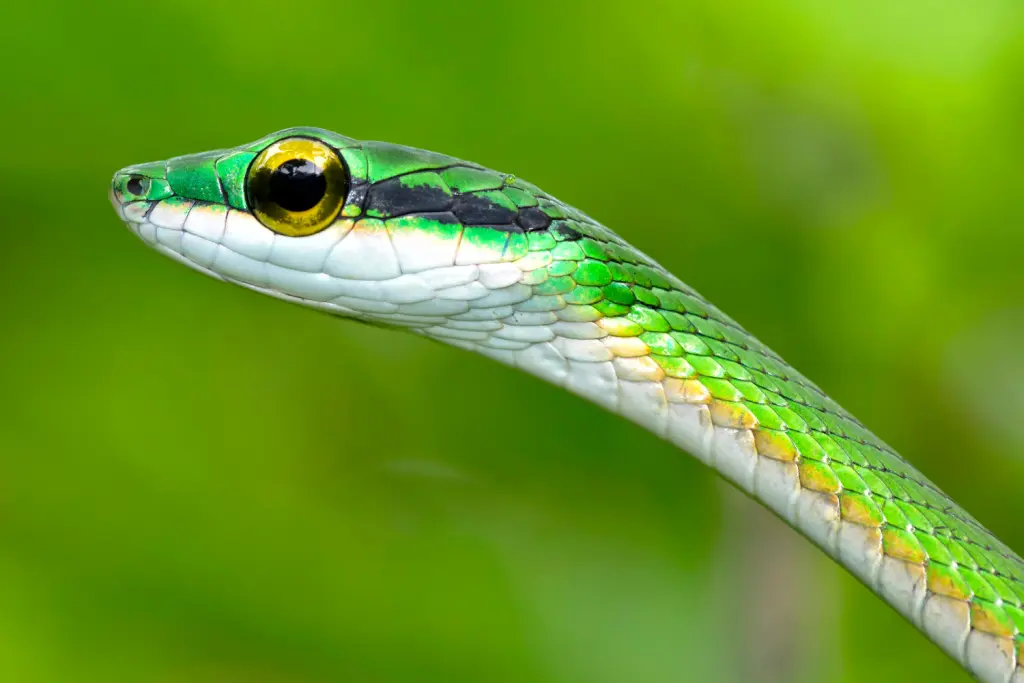
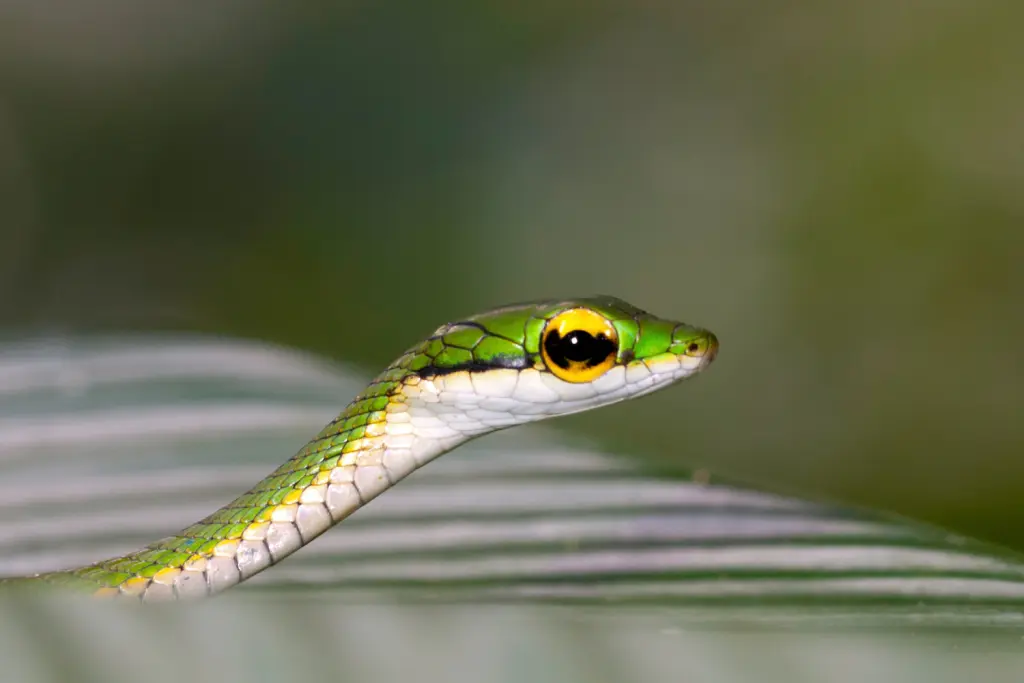
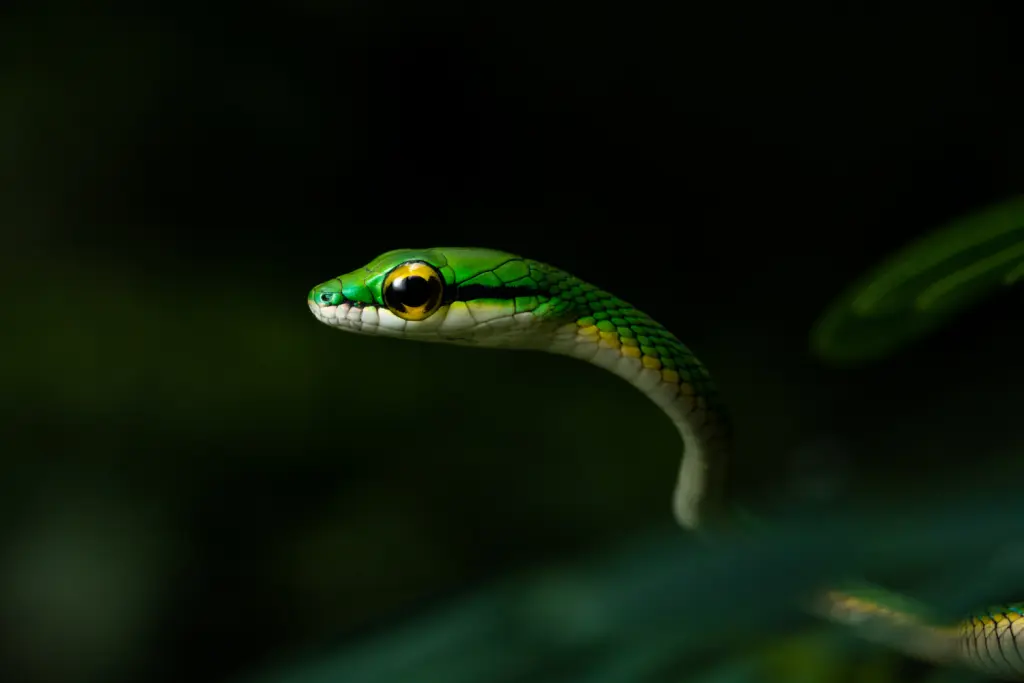
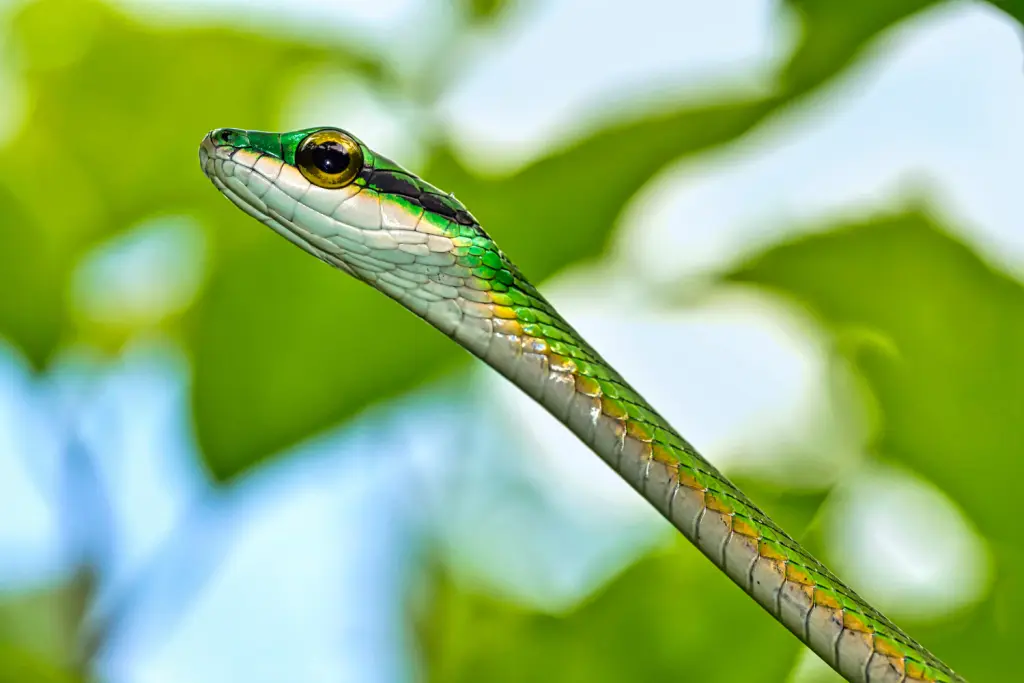
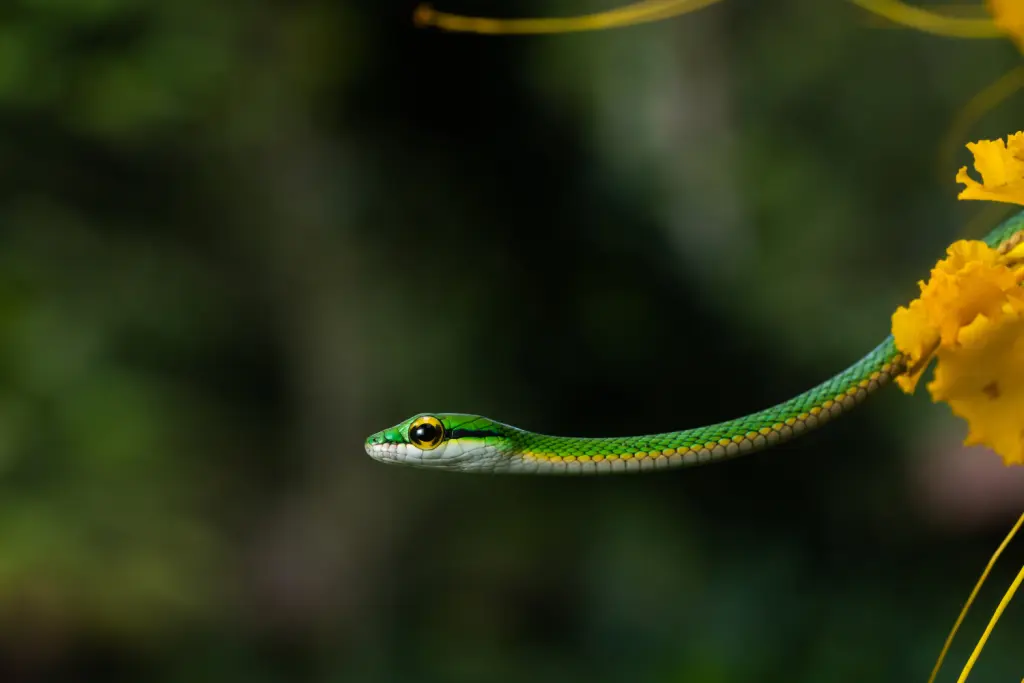
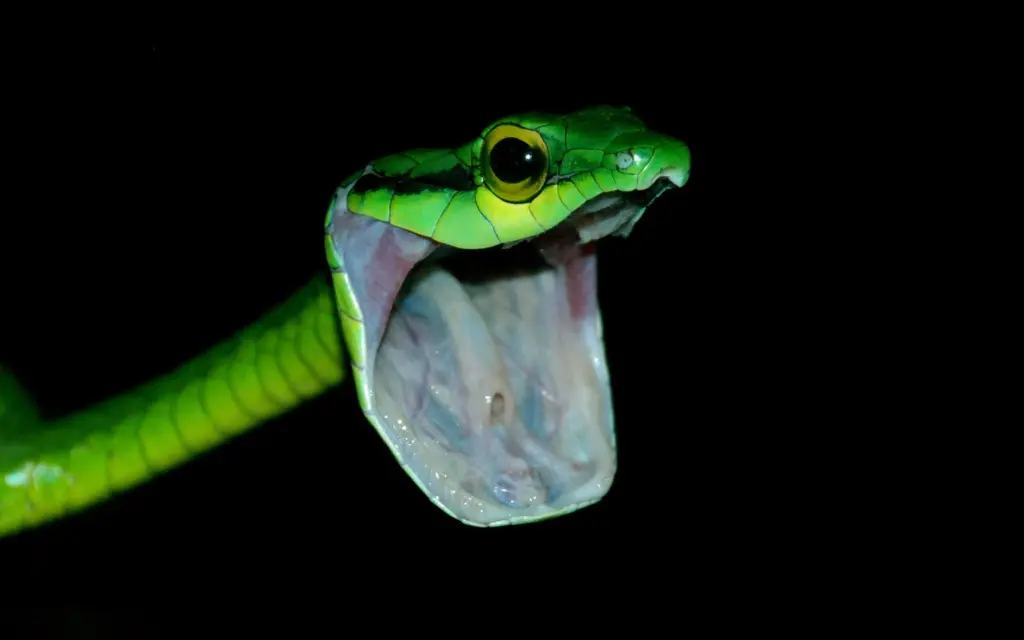
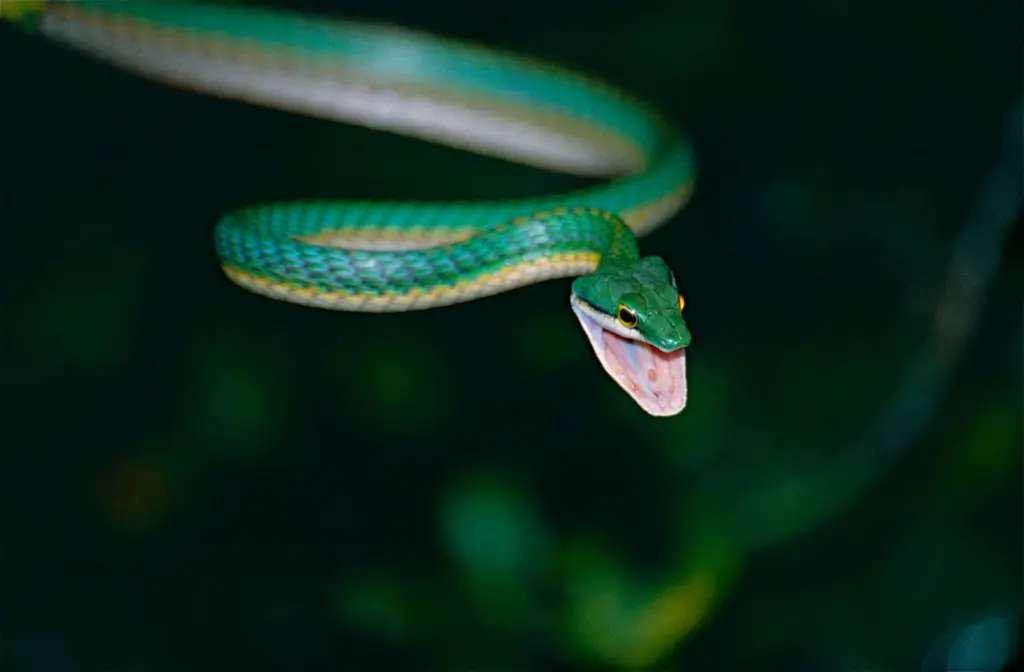
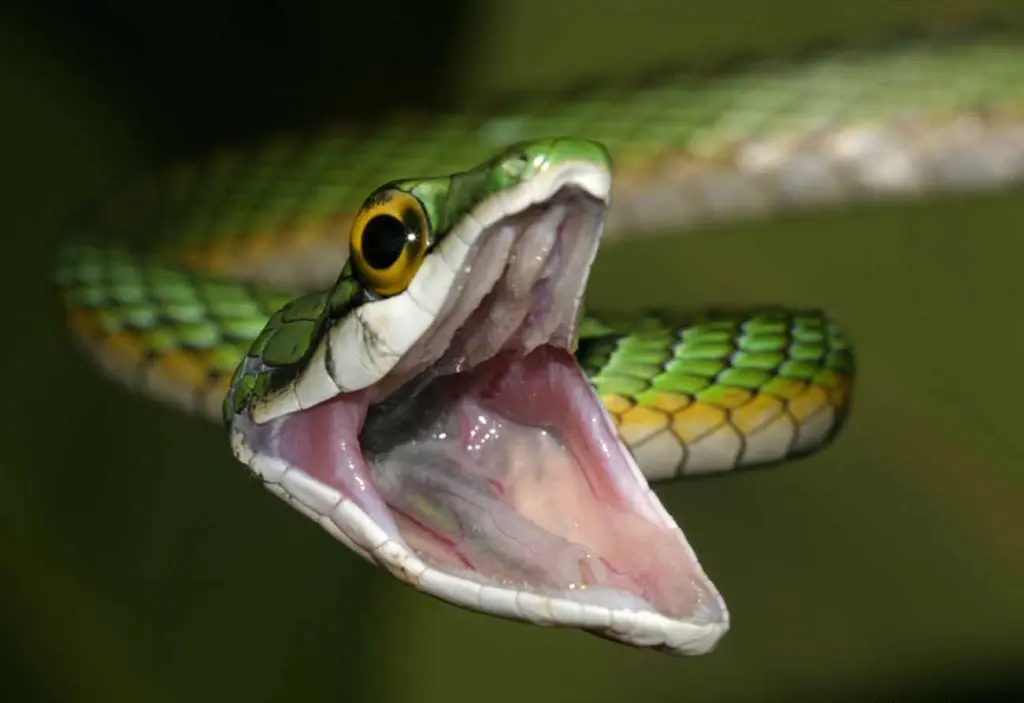
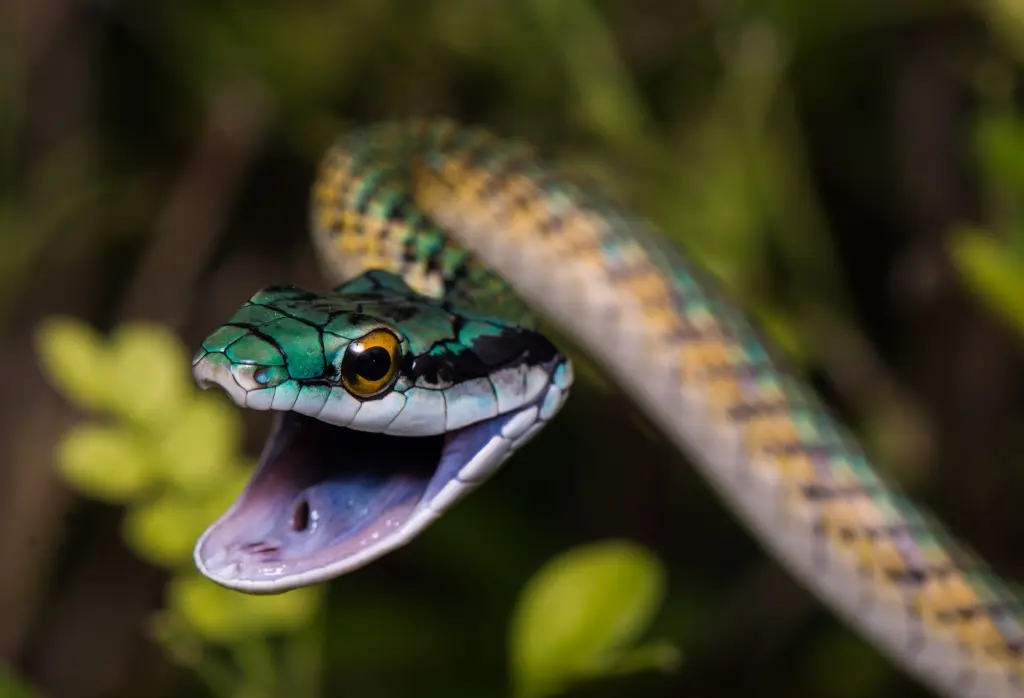
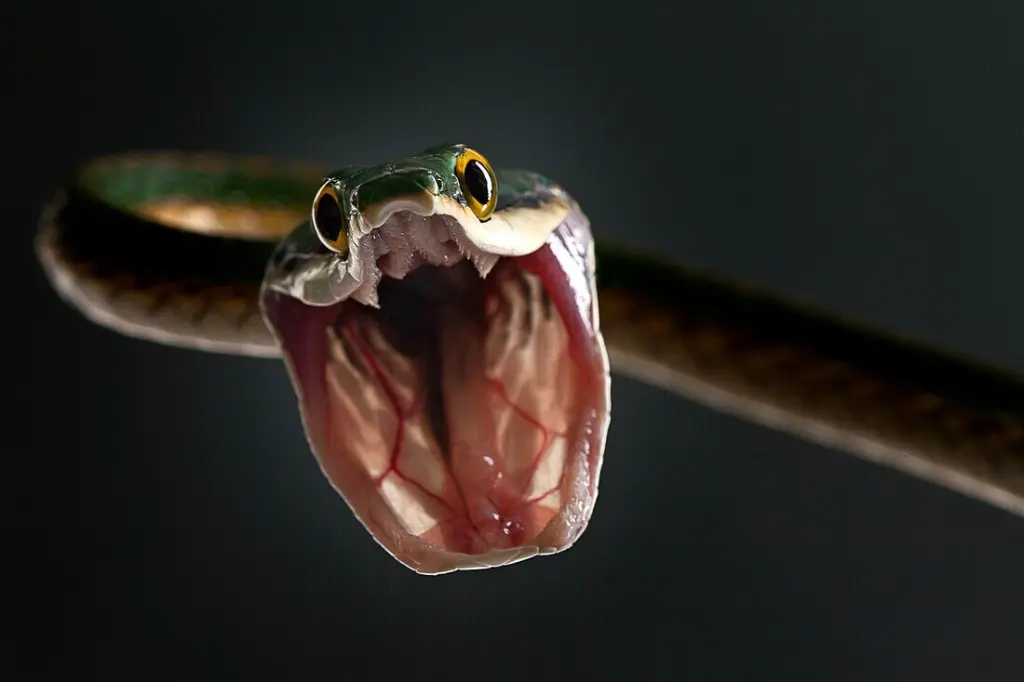
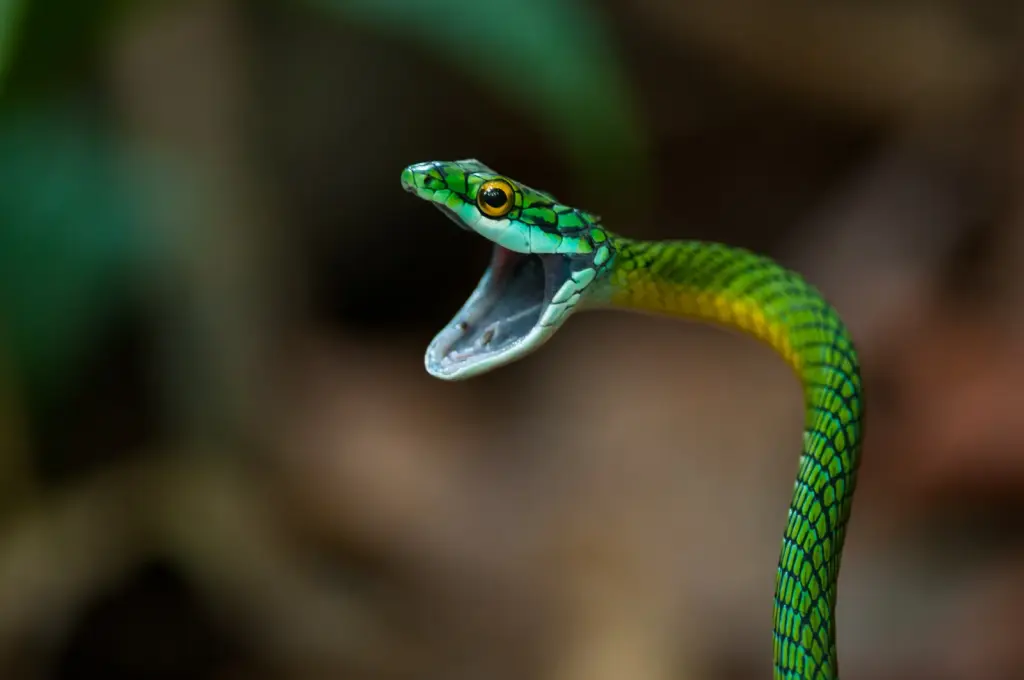
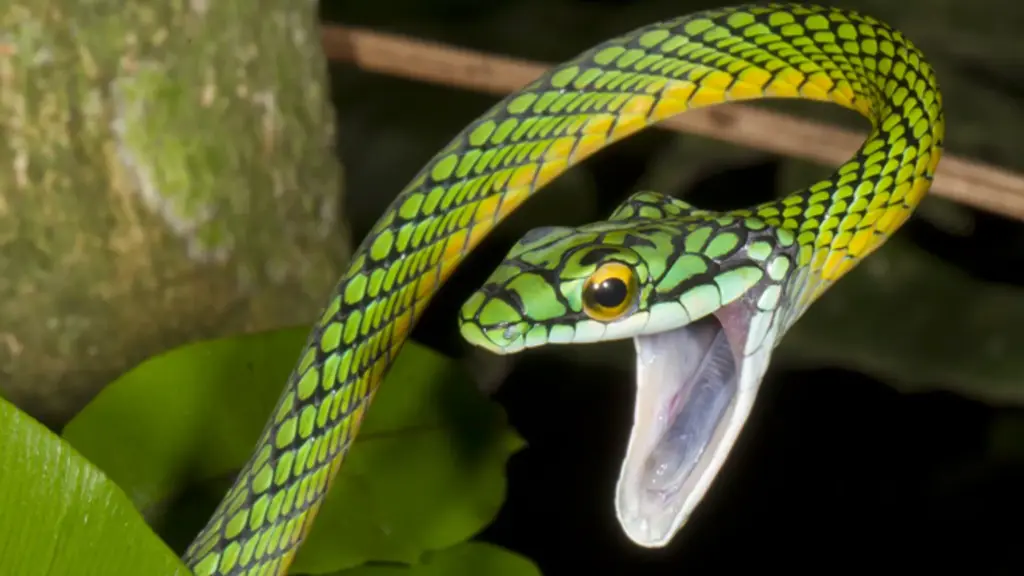
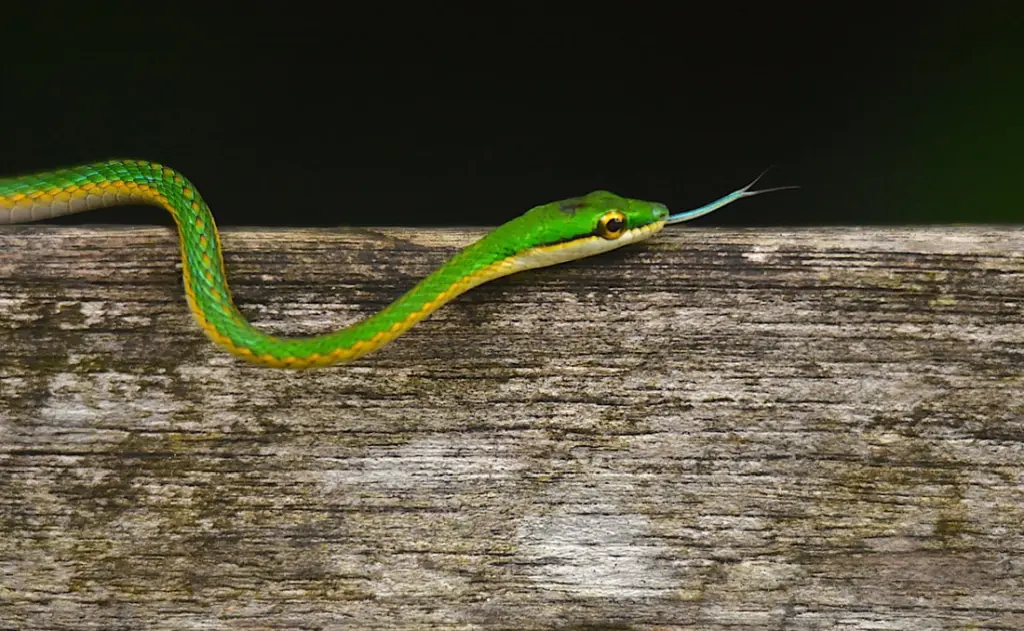
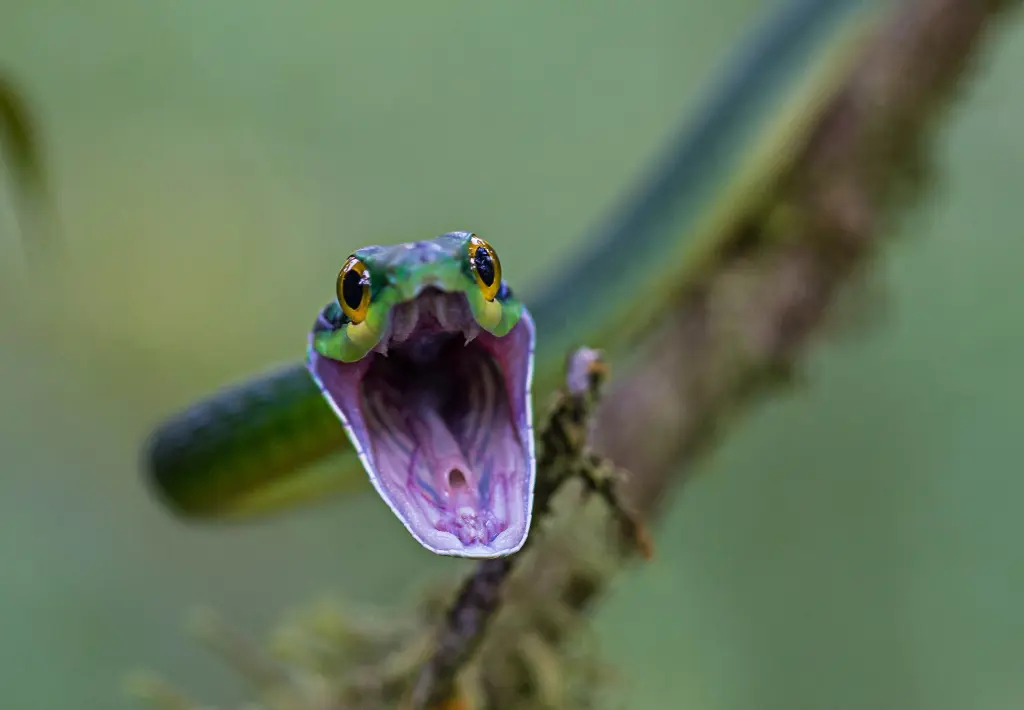
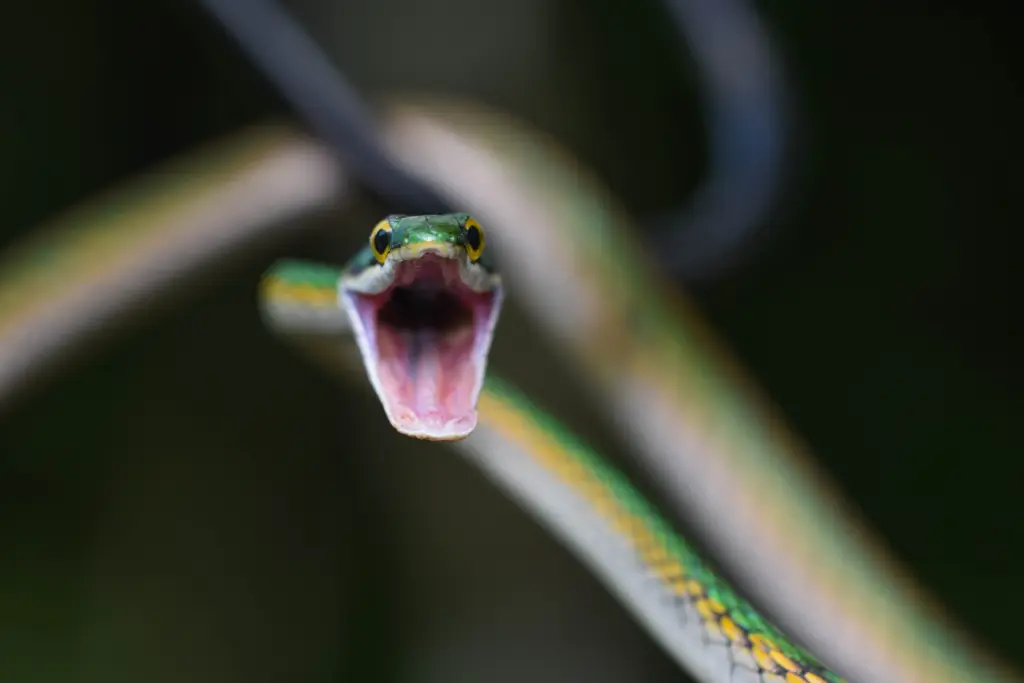
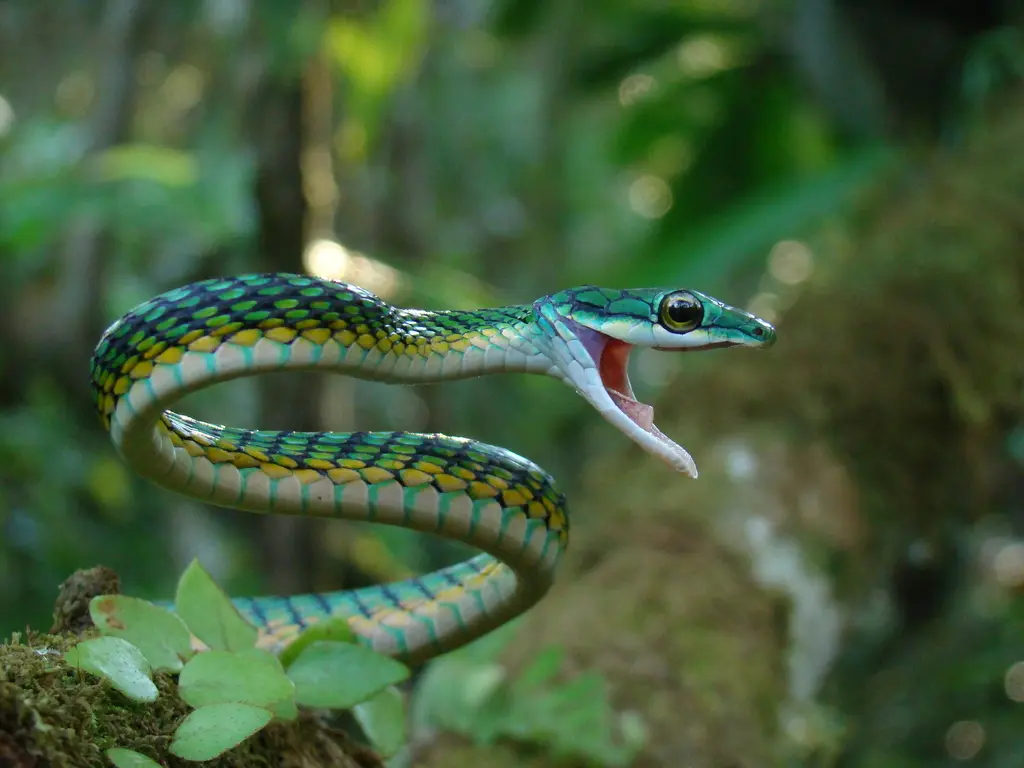
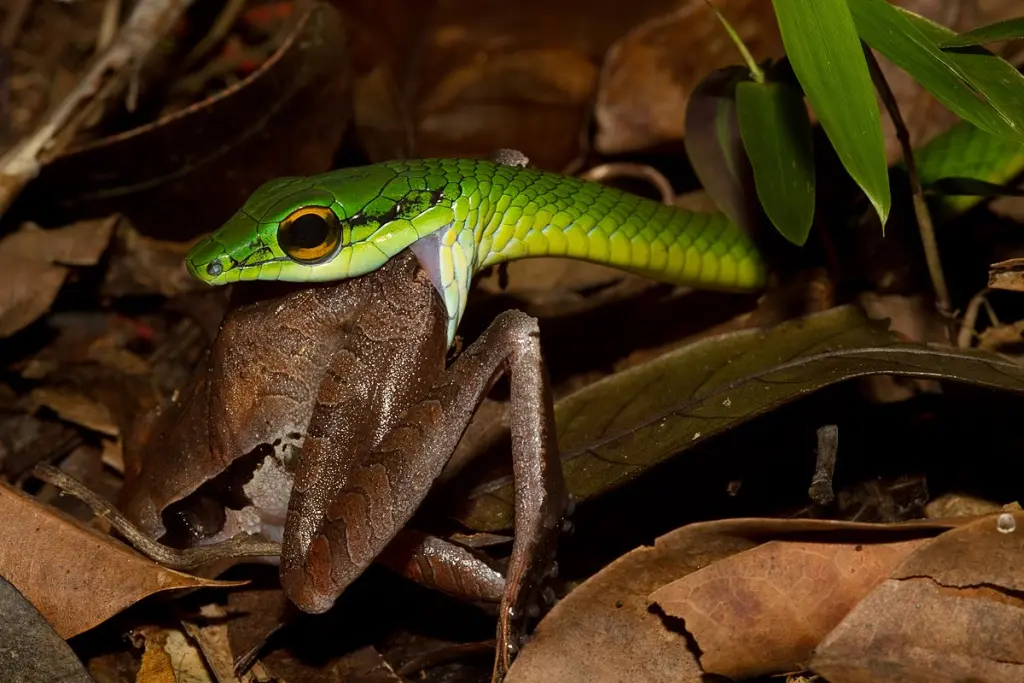
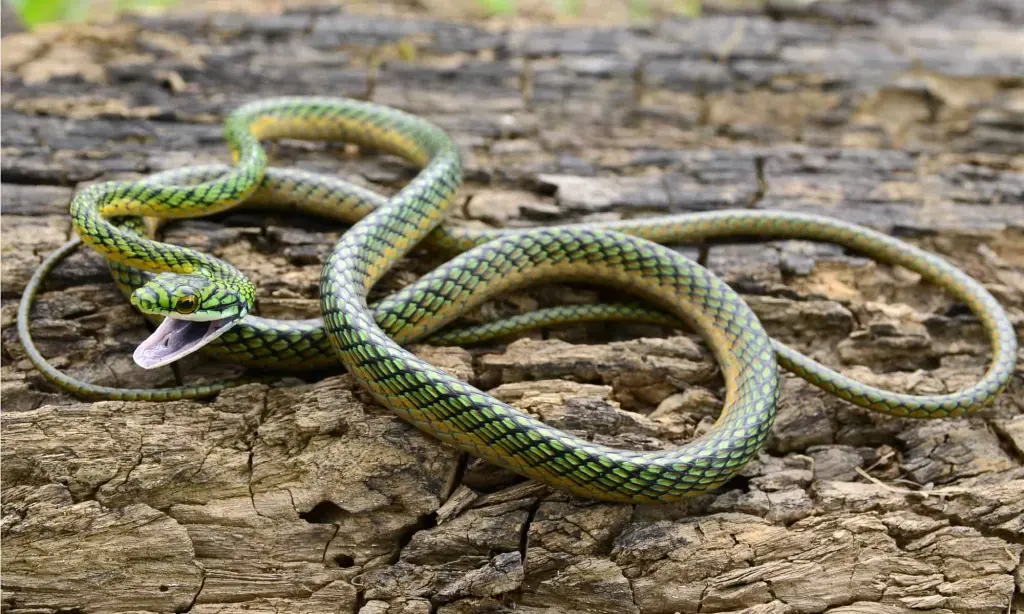
Physical Description
The Parrot Snake showcases an array of captivating colors, earning it its unique name. Adults of this species typically measure between 1.2 to 1.8 meters (4 to 6 feet) in length. Their slender bodies are adorned with bright green scales, which help them blend seamlessly into the lush vegetation of their natural habitat. The dorsal side often exhibits a blue or yellowish coloration, enhancing their visual appeal. These distinctive hues serve as a form of camouflage, allowing the Parrot Snake to effectively conceal itself from potential predators and prey alike.
Habitat and Distribution
The Parrot Snake can be found in a wide range of environments, including tropical rainforests, wetlands, and agricultural areas. Native to Central and South America, these snakes are often observed in countries such as Mexico, Belize, Costa Rica, Brazil, and Venezuela. They thrive in regions with dense vegetation and abundant prey populations, making forested areas their preferred habitat. Despite being excellent climbers, they are predominantly terrestrial, spending much of their time on the ground or in low shrubs.
Diet and Feeding Behavior
As carnivores, Parrot Snakes primarily feed on small vertebrates, including lizards, frogs, and birds. Their slender bodies and remarkable agility enable them to pursue agile prey through the treetops. Known for their excellent climbing skills, they maneuver deftly through branches to catch birds nesting in trees. While their diet predominantly consists of avian species, they are known to opportunistically target other small creatures when necessary. With quick strikes and impressive accuracy, Parrot Snakes are skilled hunters that play a crucial role in maintaining ecological balance within their habitats.
Reproductive Habits
During the breeding season, male Parrot Snakes engage in fierce competition to win the favor of females. Mating displays involve intricate movements and the intertwining of their bodies. After successful courtship, female snakes lay a clutch of 5 to 20 eggs in suitable nesting sites, such as tree hollows or leaf litter. Incubation periods range from six to eight weeks, after which hatchlings emerge. Unlike some snake species, Parrot Snake hatchlings are independent from birth and possess the same vibrant coloration as adults.
Behavior and Defense Mechanisms
Parrot Snakes are primarily diurnal, meaning they are most active during daylight hours. Their excellent climbing skills and slender bodies allow them to explore various niches within their habitat, from the forest floor to the upper canopy. When threatened, these snakes may resort to different defensive strategies. Rather than biting, they rely on their agility to evade predators by swiftly moving through branches or disappearing into dense vegetation. Parrot Snakes may also display a defensive behavior known as “flattening,” where they flatten their bodies and display their vivid colors as a warning sign to potential threats.
Final Thought
The Parrot Snake, with its striking appearance and remarkable adaptability, is a captivating species that contributes to the biodiversity of its natural habitats. Its vibrant colors, agile movements, and hunting prowess make it a true marvel of the animal kingdom. By understanding and appreciating these incredible reptiles, we can continue to protect their habitats and ensure their existence for future generations to admire.
